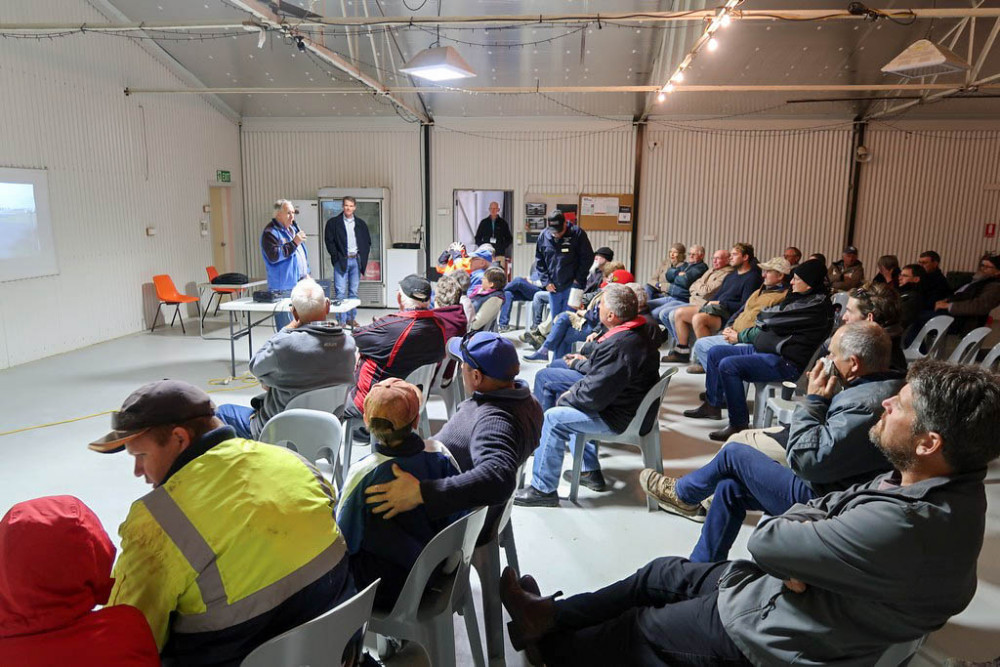Agricultural
28 June, 2021
Better understanding our local weather
Although the weather was dreadful last Saturday, it was still a great day to learn about weather as many locals did at a presentation at Lone Eagle Flying School (LEFS).

More than 50 Darling Downs locals, property owners and pilots, gathered at LEFS at Ryeford to gain a better understanding of our local weather and how to interpret weather forecasts.
The weather presentation was by Michael Paech, a Senior Aviation Meteorologist at the Bureau of Meteorology.
Mr Paech grew up on the Downs and was a teacher before becoming a Meteorologist in 2012.
He is now based in Brisbane.
The event kicked off with a sausage sizzle at midday which was well received by the participants in light of the cold conditions on what was possibly the coldest day so far this year.
Participants took their seats in the LEFS hangar for the start of Mr Paech’s presentation at 1.30pm.
He was introduced by LEFS Chief Flying Instructor Trevor Bange.
Mr Bange said it was his idea to organise this event and that he worked with Mr Paech to negotiate a suitable date for this event.
Mr Paech delivered his presentation in two parts.
In the first part, he talked about his career path and his role as a meteorologist and explained the various ways meteorologists gather information to issue a forecast.
In the second part, he focused on our local weather and in particular thunderstorms, which are
not only a major rain provider to farms during summer but can also cause a lot of damage to property and crops.
Mr Bange said from a pilot’s perspective, storms are a weather phenomenon that is best avoided.
“An understanding of local conditions is very helpful to plan avoidance,” he said.
Participants were happy to learn the correct way to interpret a forecast for rain.
What participants learned can be expressed through an example.
If there is 70 per cent chance of rain and 5-10mm possible rainfall, that means there is a 70 per cent chance of receiving a minimum of 0.2mm in that day (24hr period), a 50 per cent chance that there will be 5mm or more and a 25 per cent chance of 10mm or more if it
rains.


